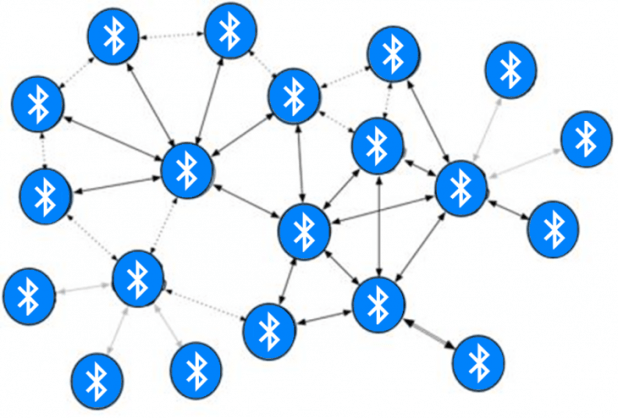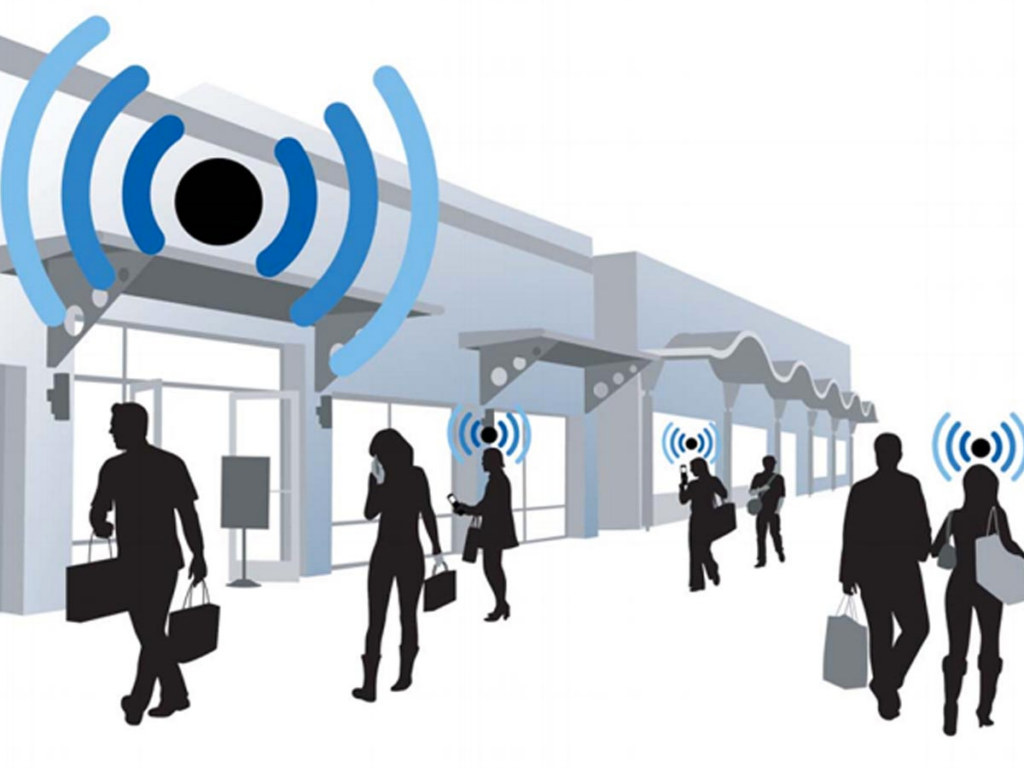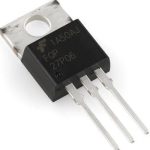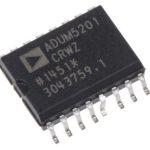
Bluetooth Low Energy

Bluetooth Low Energy (BLE) was originally introduced in 2004. It was introduced in the Bluetooth 4.0 spectrum as a replacement for Bluetooth Classic. Its adoption has largely been driven by IoT. Like Bluetooth Classic, BLE utilizes frequency hopping wireless technology in the 2.44 GHz radio band to connect to devices. BLE maxes out at 0.01 0 0.5 watts. It transmits fewer data over short distances compared to Bluetooth classic but much less power. It’s designed for periodic data transfer of a small amount of data hence its prominence in IoT applications.
Mesh networking

A mesh is a network topology that is used to create many-to-many device communications. It is optimized for creating a large network of devices. Mesh networking is suitable for building automation, sensor networks and other IoT solutions that contain up to thousands of devices which need to reliably and securely communicate. When BLE was first released it did not support mesh networking. It was not until 2015 that Bluetooth mesh networking was conceived. Its adoption started on July 13, 2017. Bluetooth Mesh 1.0 does not require additional hardware and can run on all BLE chip from V4.0, 4.1,4.2 to 5.
Advantages of mesh networking

BLE was originally designed to complement Bluetooth Classic by connecting to peripheral devices while consuming very low battery power. Examples of such peripherals include sports sensors and wirelessly controlled toys. Each of the peripherals communicates via an independent channel with a central supervisory device (smartphone, tablet etc.) resulting in a star network topology. BLE’s interoperability with smartphones has enabled its adoption and popularity to grow rapidly into other applications like lighting control among others
With this rapid adoption, the drawbacks of star networks became apparent. BLE can only cope with a limited number of simultaneous connections, usually 8. This means that for lighting installations, if the number of bulbs exceeds 8, the bulbs cannot be controlled with a single command and the network will also exhibit latency. In a situation where lights a located in distant locations, the bulbs might be out of range.
These drawbacks are remedied by mesh networks. In a star network, the central device communicates with individual peripheral devices but in a mesh network, a message is sent from one point to another within the network by hopping across bi-directional channels that are connecting multiple nodes. This way, it is able to allow simultaneous control over dozens of peripheral devices. Mesh networking also eliminates range limitations and buildup of latency within the network.
BLE smart applications with Bluetooth mesh

Owing to its scalability, reliability, interoperability, and security, BLE mesh networking has found its place in many applications including:
- Lighting
- Wi-Fi expansion
- Car park management
- Building management
- Medical equipment
- Industrial networking
Conclusions
Bluetooth mesh enables BLE to support mesh networking thus eliminating the use of proprietary firmware for smart home applications. BLE and Bluetooth mesh will certainly increase the uptake of IoT. This way, the number of applications containing Bluetooth mesh and BLE is expected to grow tremendously in the coming future.





















